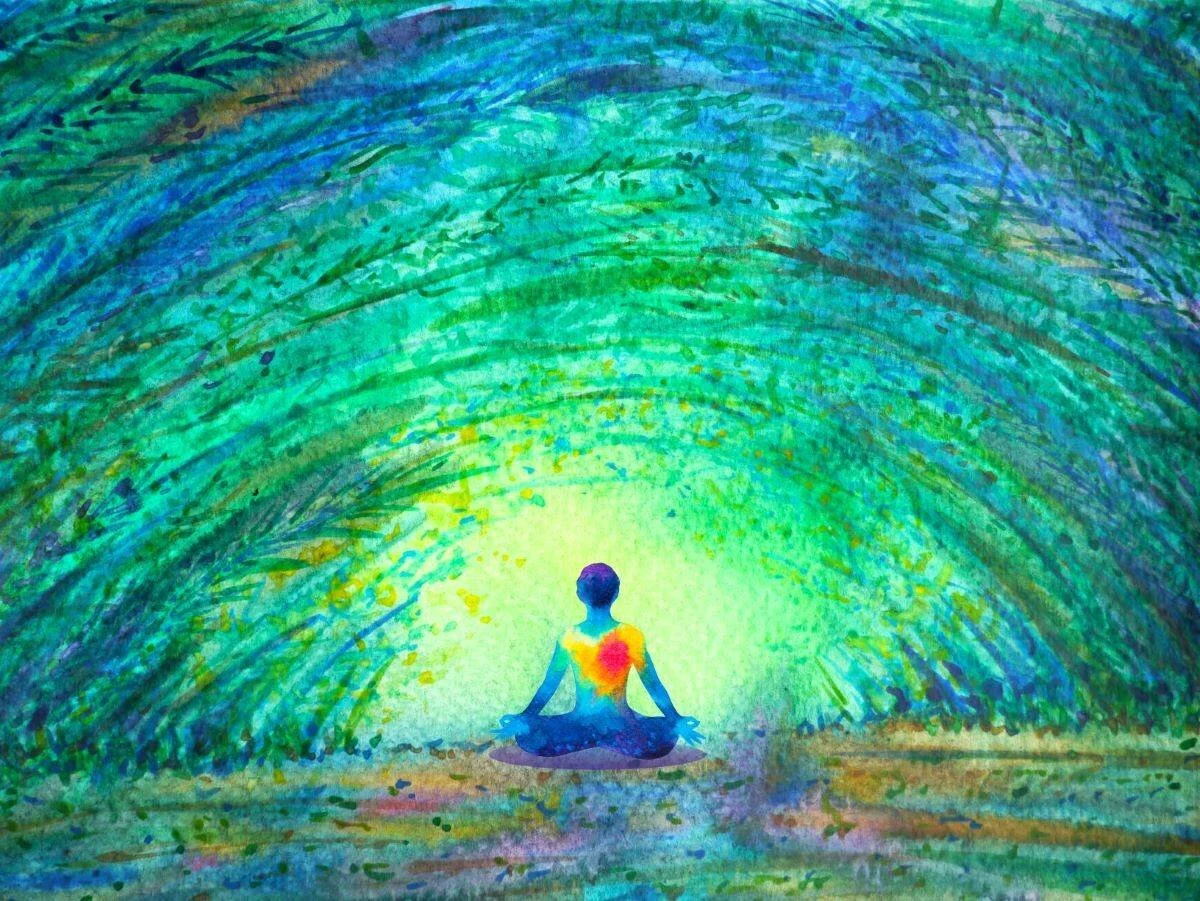The original Sanskrit of the Bhairava Tantra has a mantric quality that massages and thrills the nerves like music. Like no other language I have ever heard, Sanskrit is a song of the union of opposites. The opposites embrace each other, as lovers do, as the eternally fascinating polarity of male and female, day and night, sun and moon. Tantric meditation is an integration of the opposites, not obliteration or mere transcendence of them. It is an alchemical union in which each exists in its fullness and in a relationship of complementarity with the other. Sanskrit sings of rhythm, vibrancy, and the transmutation of terror into ecstasy, fear into movement, stasis into electricity. It evokes flow, tenderness, intimacy with oneself and the universe, informality, attentiveness, and responsiveness.
Devi’s opening statement to Bhairava gets my vote for one of the most enchanting phrases I have ever heard in any language. Chant it softly to yourself and listen: Shrutam deva maya sarvam Rudra yamala sambhavam. “Beloved, I have been listening to the Songs of Creation.”
As part of its charm and utility, Sanskrit is condensed to say as much as possible in a few syllables. This is accomplished through engineering the language to have multiple layers of meaning, in what is called polysemy—“the coexistence of many possible meanings for a word or phrase,” (poly, “many” + sema, “sign”).
For example, rasa is “the sap or juice of plants, fruit juice, any liquid, the best or finest part of anything, essence, liquor, drink, syrup, an elixir or potion, nectar, an essential juice of the body, semen, taste, flavor, any object of taste, spice, seasoning, the tongue as the organ of taste, the taste or character of a work – the feeling prevailing in it, the prevailing sentiment in human character, the disposition of the heart, a kind of meter in music, and a name for the sacred syllable, OM.” Whew.
Bhakti, the first word in Sutra 98, does not just mean “devotion” — it has a field of meaning having to do with the relation of the part to the whole: “distribution, partition, separation; a division, portion, share; that which belongs to or is contained in anything else, attachment, devotion, fondness for, trust, homage, worship,” and “faith or love or devotion as a religious principle or means of salvation.” This definition resonates beyond itself to more than a thousand years of Bhakti Yoga —distribution of the energies of life, the pang of separation, the longing of the part to feel related to the wholeness, the longing to belong to someone, to belong to God, the mystery of attachment and bonding.
Shakti—or if you prefer, śakti—means power, ability, strength, might, effort, energy, capability, and also “the energy or active power of a deity personified as his wife and worshipped.” Shakti is “the primordial power of the universe, the Divine Feminine,” and “the power of a word, the creative power of imagination, a particular configuration of the stars and planets, the female organ.”
Looking at these dictionary listings for rasa, bhakti and shakti, we see that the definition of a Sanskrit word is a poem, full of sensuous imagery. These metaphors are called rupaka (having form, figurative, metaphorical), and are yuktarūpaka (appropriate metaphor,) because each image is a hint for practice and an intimation of experiences you may encounter along the way.










